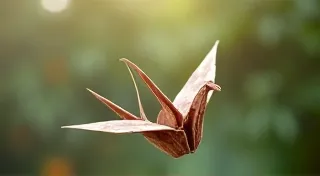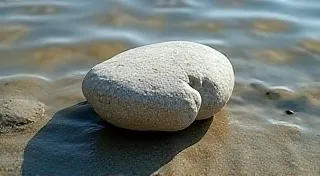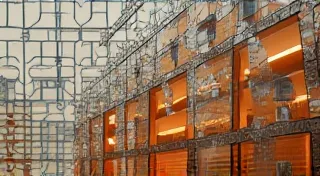Variations on a Theme: Exploring the Tapestry of Juniper Bonsai Varieties
There's a certain melancholic beauty to antique accordions. The scent of aged wood and leather, the intricate network of reeds vibrating with a forgotten song – they whisper stories of traveling musicians, smoky cafes, and a yearning for connection. Similarly, the world of Juniper bonsai presents a vast landscape of subtle variations, each tree a unique voice within a familiar theme. While the underlying principles of bonsai cultivation remain constant, the sheer diversity of Juniper species – and their individual responses to shaping – provides an endless source of inspiration. This isn't just about trimming branches; it’s about understanding a living being, appreciating its inherent character, and coaxing it towards a vision.
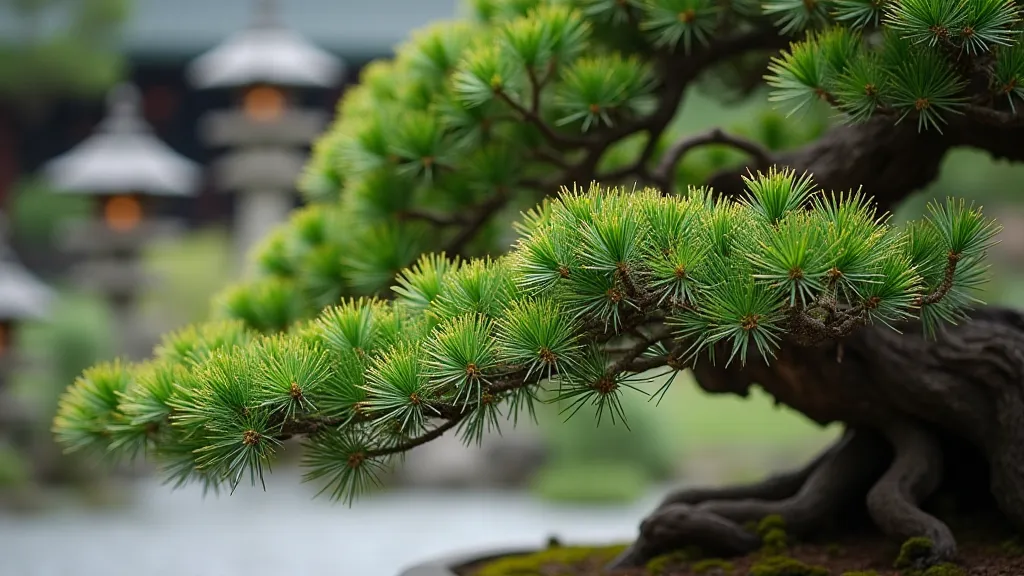
The Foundations: Common Juniper (Juniperus communis) – A European Heritage
The journey often begins with the Common Juniper. Native to Europe, North Africa, and Asia, it's a hardy and resilient species, making it a popular choice for beginners. My own first bonsai was a Common Juniper, a scraggly thing rescued from a garden centre. It was far from perfect, but the process of transforming it – the slow accumulation of tiny decisions regarding pruning and wiring – instilled in me a profound respect for the patience inherent in bonsai cultivation. The Common Juniper's reddish-brown bark, the subtle shifts in needle color with the seasons, the tenacity of its growth – these are all qualities that draw the enthusiast back again and again. It possesses a rustic charm, well-suited to styles that evoke rugged landscapes and ancient resilience.
Japanese Juniper (Juniperus procumbens ‘Nana’) – The Sculptor's Choice
Moving eastward, we encounter the Japanese Juniper, specifically the ‘Nana’ cultivar. This is, without a doubt, the most widely used Juniper in bonsai. Its pliable branches, readily accept wiring, allowing for a remarkable degree of artistic control. The ‘Nana’ Japanese Juniper possesses a natural tendency to creep and sprawl, a characteristic that can be harnessed to create stunning, windswept styles or elegant, cascading forms. It's a species that seems to *want* to be shaped, responding eagerly to the grower's hand. My grandfather, a meticulous craftsman who built grandfather clocks, understood the need for flexibility and strength in materials. The ‘Nana’ Japanese Juniper embodies this principle perfectly.
Chinese Juniper (Juniperus chinensis) – Grace and Majesty
The Chinese Juniper brings a touch of elegance and grandeur to the Juniper bonsai repertoire. Its needles tend to be softer and more flexible than those of the Japanese Juniper, creating a more flowing, almost ethereal appearance. Certain cultivars, like 'Parsonii', are celebrated for their unique foliar coloration, displaying vibrant hues of yellow and orange, especially in the colder months. They require slightly different care, typically favoring more sun and slightly more moisture than their Japanese cousins. The process of cultivating a Chinese Juniper bonsai can be profoundly rewarding, like uncovering a hidden gem – the tree revealing its beauty slowly, deliberately.
Dwarf Juniper Varieties – Miniature Masterpieces
For those seeking the challenge of working on a smaller scale, the world of Dwarf Juniper varieties offers a delightful array of options. ‘Blue Star’ is perhaps the most well-known, its needle-like foliage a striking blue-green. ‘Techny’ presents a compact, upright form, perfect for creating miniature, formal styles. The principles of bonsai cultivation remain the same, but the demands on precision and attention to detail are amplified when working with such diminutive specimens. It's an exercise in concentrated artistry, akin to restoring a tiny, intricate music box – each component crucial to the overall harmony.

Styling Considerations: From Windswept to Literati
The choice of Juniper species profoundly influences the potential styling options. The pliable branches of the ‘Nana’ Japanese Juniper lend themselves beautifully to windswept and cascading styles, mimicking the resilience of trees clinging to cliffsides. The upright growth habit of certain Chinese Juniper cultivars makes them ideal for formal, upright styles. The sparse branching of some Common Juniper varieties can be exploited to create striking Literati (Bunjin) styles – minimalist representations of solitary trees, embodying a sense of stoicism and grace. Each tree dictates its own path, and the skilled grower listens carefully, responding to the innate character of the specimen.
Common Problems and Solutions: A Grower’s Perspective
Like any living organism, Juniper bonsai are susceptible to a range of challenges. Red spider mite infestations are a common occurrence, especially in warmer climates. Recognizing the early signs – tiny webs on the foliage and a mottled appearance – is crucial for prompt intervention. Proper watering and fertilization are essential for maintaining overall health and vigor. Root rot, often a consequence of overwatering or inadequate drainage, can be devastating. Prevention is always preferable to cure, but if root rot does occur, prompt action is paramount. A little preventative fungicide application in the early spring can work wonders. Addressing these issues requires observation, attention to detail, and a willingness to learn from experience.
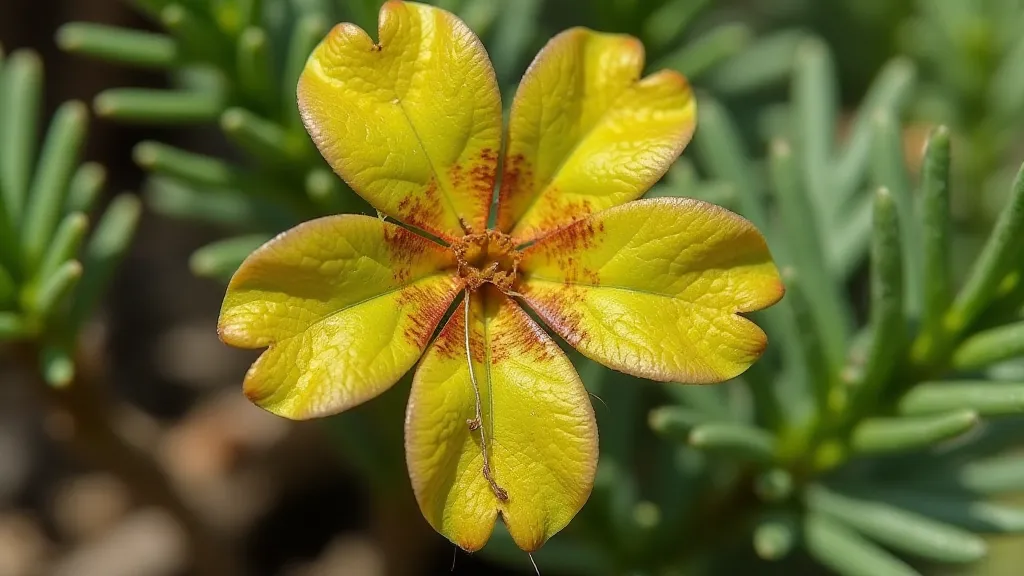
Winter Protection: Safeguarding Your Investment
Protecting Juniper bonsai from the harsh realities of winter is a critical aspect of long-term care. While Common and Chinese Junipers generally exhibit good cold hardiness, Japanese Junipers, particularly those grown in warmer climates, may require additional protection. This can involve moving the trees to a sheltered location, burying the pots in the ground, or constructing a temporary structure to shield them from frost and wind. The principles are similar to those used in preserving antique instruments – minimizing exposure to damaging elements and maintaining a stable environment.
The Enduring Appeal: More Than Just a Hobby
Cultivating Juniper bonsai is more than just a hobby; it’s a journey of discovery, a meditation on nature's resilience, and a testament to the power of human creativity. The subtle variations between Juniper species – the differing textures, colors, and growth habits – offer an endless source of inspiration. The process of shaping and nurturing these living works of art fosters a profound sense of connection to the natural world. Like the melancholic beauty of an antique accordion, the Juniper bonsai holds a silent story, a testament to the passage of time, and the enduring power of artistry.
